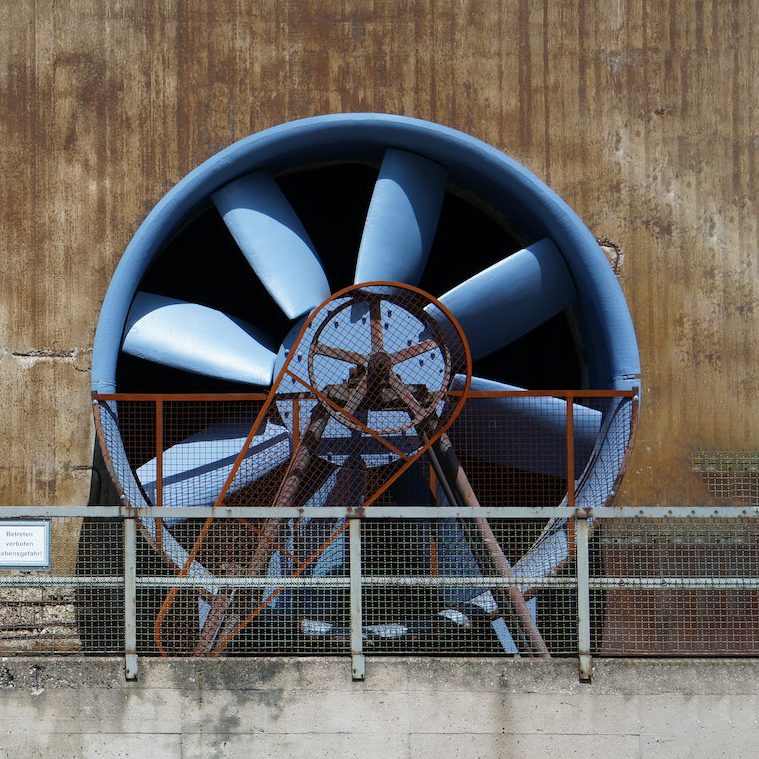
The Internet of Things (IoT) is a network of devices, such as machines, that are connected to the internet and can collect and share data. Machine monitoring is the process of using this data to track the performance and status of these machines.
One of the main benefits of wanwave machine monitoring is that it allows for real-time monitoring of machines. This means that if a machine is malfunctioning or about to break down, it can be quickly identified and repaired before it causes a significant disruption to the manufacturing process. This can lead to increased efficiency and productivity, as well as cost savings from reduced downtime.
Another benefit of wanwave machine monitoring is that it allows for remote monitoring and control of machines, using appropriate communication methods such as wanwave. This means that machines can be monitored and controlled from a remote location, such as a control room or a mobile device. This can be especially useful for machines that are located in remote or hard-to-reach areas, as it allows for faster response times and more efficient maintenance.
wanwave machine monitoring also allows for the collection and analysis of large amounts of data. This data can be used to identify patterns and trends that can help to optimize the performance of machines. For example, data can be used to identify the most common causes of machine downtime, or to identify the most efficient operating parameters for a particular machine.

